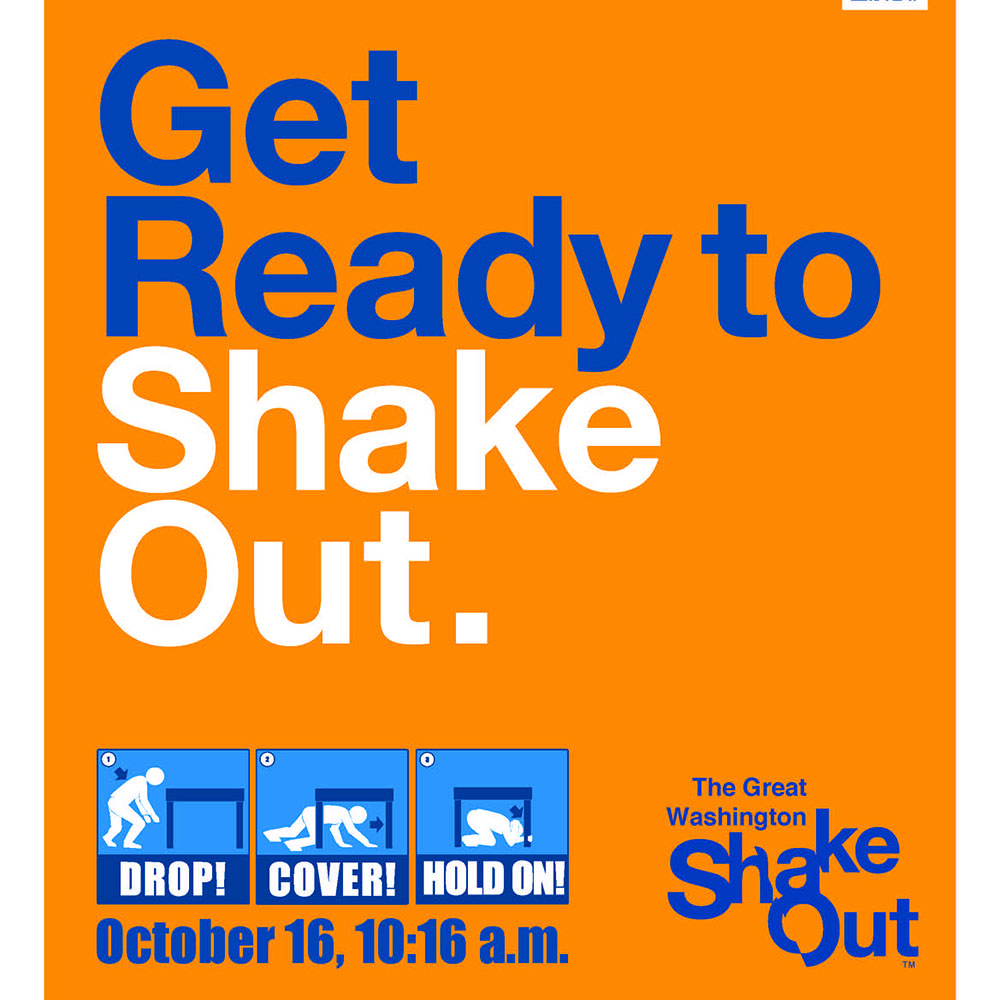Earthquake preparation elicits a range of impressions in people. For some, it’s something important that they’ll get around to when they have time and spare money, which often means it won’t happen. Others envision it as akin to doomsday preparation – an unlikely event that preys upon people’s fears. The truth is that earthquakes are very real yet very unpredictable events, and the importance of that preparation may not be evident for many people until “The Big One” actually happens. Consequently, if The Big One never happens, it’s easy to procrastinate and dismiss the need to prepare. And therein, as they say, lies the rub.
Among my coworkers, I’m Mr. Movie Trivia and have a movie quote for everything. One of my favorites, coincidentally from a disaster movie, is, “There’s no history of anything until it happens, then there is.” Award yourself a point if you know the movie. The lesson is that many people are not concerned or concerned enough about earthquakes, possibly because they have never experienced one or at least one big enough to change their thinking, and they don’t think there is enough of an issue to either prepare or prioritize preparation.
I’ve lived in Washington almost all of my life, with all but six years of that west of the mountains. I recall two earthquakes large enough to feel – the 2001 Nisqually earthquake and a small event during my senior year of high school (c. 1995). I managed to miss experiencing both of them. A third small earthquake centered near Spokane also occurred shortly after I left Washington State University (WSU) (Go Cougs!). Ironically, out of all my friends and family, I’m the structural engineer specializing in earthquake engineering, and I’ve never experienced one. Yet, I often find myself a proponent on a subject that one would think needed no champion.
For those like me who have never experienced an earthquake and those not convinced by the live reporting of post-earthquake chaos in far off lands like Japan or California, try imagining earthquake preparation as parallel to other more-tangible events that we prepare for daily. Insurance isn’t purchased after a burglary. Airbags aren’t installed after a car accident. And fire sprinklers aren’t built after a fire. These are all things you hope not to use and sometimes hate paying for, but in an emergency we’re glad they’re there. Similarly, the key to being prepared for an earthquake is preparing before it occurs. Sounds ridiculously simple, right? Then, why don’t we do it?
Here’s Your Chance to Practice
 Many people may feel like they don’t know how to prepare for an earthquake. The Great Washington Shakeout, happening this October 16, provides a great way to kick-start your preparation planning. This event encourages people to practice their response to an earthquake. Surviving the severe shaking of an earthquake is Step Number 1. Earthquake drills stimulate the development of response plans, such as establishing a meeting place, taking a head count, and designating people in charge to facilitate your response. These responses may seem like common sense and not worth practicing, but the aftermath of a chaotic event is the wrong time to organize your response. As the saying goes, “Practice makes perfect,” where the practice is building a survival instinct that you can rely on.
Many people may feel like they don’t know how to prepare for an earthquake. The Great Washington Shakeout, happening this October 16, provides a great way to kick-start your preparation planning. This event encourages people to practice their response to an earthquake. Surviving the severe shaking of an earthquake is Step Number 1. Earthquake drills stimulate the development of response plans, such as establishing a meeting place, taking a head count, and designating people in charge to facilitate your response. These responses may seem like common sense and not worth practicing, but the aftermath of a chaotic event is the wrong time to organize your response. As the saying goes, “Practice makes perfect,” where the practice is building a survival instinct that you can rely on.
While the actual earthquake is terrifying and even life-threatening, the real threat to survival may begin afterwards. In a major earthquake, western Washington may be temporarily unable to access outside supplies or benefit from recovery response for days or weeks. Our region is bounded by water to the west, mountains to the east, has one major vehicle corridor to the south, and relies heavily on bridges in our hilly landscape, making us easily isolated in a catastrophic earthquake. Electricity and communication systems will likely be down. Emergency services will be compromised and unable to respond to all calls. Even water, a basic element of survival that we take for granted, may be unavailable. Having supplies prepared – water, food, basic medical, even spare blankets, shelter, communication devices, etc. – will improve your ability to be self-sufficient at a time when you may be required to rely completely on yourself.
The moral of the story is that earthquakes are a real and present danger in the Pacific Northwest. Even if we haven’t experienced one, being prepared for an earthquake is a necessity that everyone should embrace. Everyone needs to take precautions to develop a post-earthquake survival plan and assemble supplies to weather the event. Like insurance, even if you think the price is high now, the price of not having it is even higher.
Oh, and for those who didn’t guess the movie quote I referenced or weren’t able to find it with their favorite internet search engine, it’s Volcano. Incidentally, we have those too. My advice for these – don’t be near one when it erupts.

